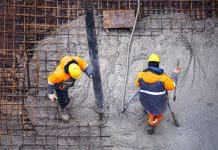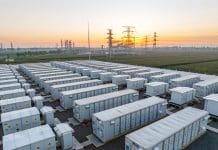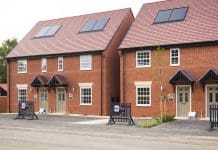Analysis from the University of Bath has revealed some new buildings are using double the amount of energy planned and are energy inefficient
Confusion in the construction sector has led to thousands of energy inefficient new buildings. This is according to new research from the University of Bath.
Speaking to Energy Live News, the researchers revealed a growing disparity between the quoted energy savings of some buildings compared to how they actually performed once in use.
Energy efficiency remains a key component of the building sector, which contributes significantly to emissions.
The researchers from Bath warned cultural problems in the sector were behind the confusion leading to a raft of energy inefficient buildings.
Energy inefficiency costs millions
Professor of Low Carbon Design David Coley led the research programme into the issue.
He commented: “The delivery of buildings that are not as energy efficient as they should be is costing millions of pounds in inflated energy bills and wasting huge amounts of electricity and heat.
“The most worrying thing is as we try to persuade people to have low energy buildings, they expect to have low energy buildings – if you can’t deliver that, you’ve broken your trust and therefore people will just give up.”
Coley said some building designers were putting the blame back on users when buildings were deemed energy inefficient. He said there was a tendency to fault occupants for using buildings incorrectly or to say builders had used the wrong materials.
Lack of understanding
The research involved questioning 108 building modelling professionals. During the interview they were each ask questions about a building and how it could be made more energy efficient.
The building had a range of statistics recorded in a variety of settings. This included the temperature and energy use. Coley said despite hoping the professionals would answer questions with the best methods this was not the case. Most of the answers they received were “essentially random” with little bearing on the real-world performance of the building.
He said: “We got completely different answers. Different people in the industry thought certain things really mattered and other things didn’t and it was very, very strange.
“A lot of responses that we got were not true, in that they made virtually no difference or that they made a huge difference in the opposite way to what the engineers were telling us.”
The research team recommended more work should be undertaken to ensure the sector is fully aware of the technologies that are most effective in ensuring energy efficiency and also called for greater transparency with feedback once the building is in use.













